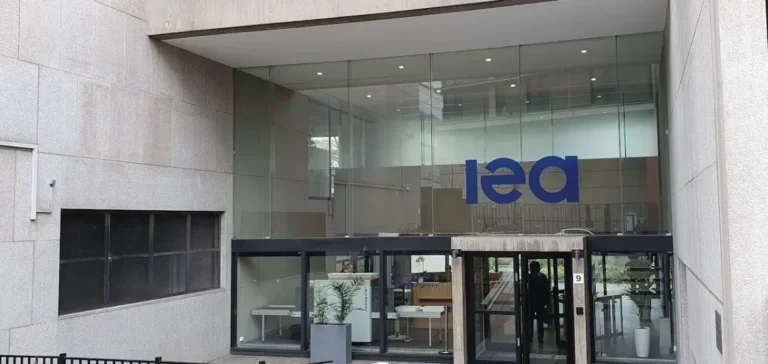Data published on 10 July by the International Energy Agency (IEA) show that the Adaptation Fund, the Climate Investment Funds, the Global Environment Facility and the Green Climate Fund committed almost eight bn USD to clean-energy projects between 2015 and 2024. More than ninety-five % of these funds targeted emerging and developing economies. In absolute terms, power generation captured about two-thirds of the commitments, with the remainder split between grids, storage and end uses. This inflow of concessional capital meets the need to reduce risk in markets characterised by volatile cost structures and high interest rates.
Differentiated instruments
The Adaptation Fund and the Global Environment Facility finance almost exclusively through grants, in line with their mandate focused on small high-risk initiatives. The Climate Investment Funds, by contrast, relies on loans for about eighty-five % of its portfolio, while the Green Climate Fund blends loans, equity and grants to support larger operations. This mix of instruments makes it possible to calibrate the level of concessionality to each market’s requirements and to attract third-party investors. The portfolios thus reflect distinct yet complementary strategies for extending the geographic reach of projects.
The Climate Investor One programme illustrates the leverage obtained: a USD100 mn first-loss tranche from the Green Climate Fund enabled the Netherlands Development Finance Company to mobilise about USD830 mn more from public and private sources in eleven countries. According to the IEA, every concessional dollar from the Clean Technology Fund should draw about two point five private dollars. This highly catalytic structure lowers the average cost of capital and accelerates financial close for facilities totalling more than one gigawatt of renewable capacity.
Persistent regional gaps
Africa received one-quarter of total allocations, yet only fifty-six % on concessional terms, compared with more than seventy % in Latin America and South-East Asia. High risk premiums, shallow financial markets and currency volatility still hamper the spread of moderately priced capital across the continent. To address these obstacles, the Desert to Power G5 Sahel Facility channels USD200 mn of loans and grants into expanding grids and batteries in Burkina Faso, Chad, Mali, Mauritania and Niger. Partners hope to set a benchmark for private investment in electricity-transport infrastructure.
The share devoted to solar and wind fell below fifty % of commitments in 2024, leaving more resources for grids, storage and end uses. Financing for buildings, transport and industry rose from three % in 2015 to thirty-six % last year, driven by bus electrification strategies and energy-efficiency programmes. Grids and storage nevertheless accounted for only three % of flows, signalling a need for more targeted financial incentives to improve system reliability.
Procedural reforms under way
Following a joint declaration at COP28, the four funds are working to harmonise assessment criteria and performance indicators in order to shorten approval times. Since 2015 they have allocated about one point two bn USD to technical assistance and project-preparation programmes, aiming to build bankable portfolios aligned with nationally determined contributions. Fund managers estimate that a unified framework could cut transaction costs by fifteen % and increase institutional-investor participation.
Recent examples highlight the social dividends of these financings. In the Philippines, an Adaptation Fund project deploys solar-powered desalination systems to secure water supply in Tawi-Tawi province. In Ethiopia, photovoltaic pumps installed in 2022 now irrigate six vulnerable agricultural zones, enhancing resilience to climate variability. “Concessional finance remains indispensable for absorbing risk in nascent markets,” Green Climate Fund Executive Director said on 14 February.






















